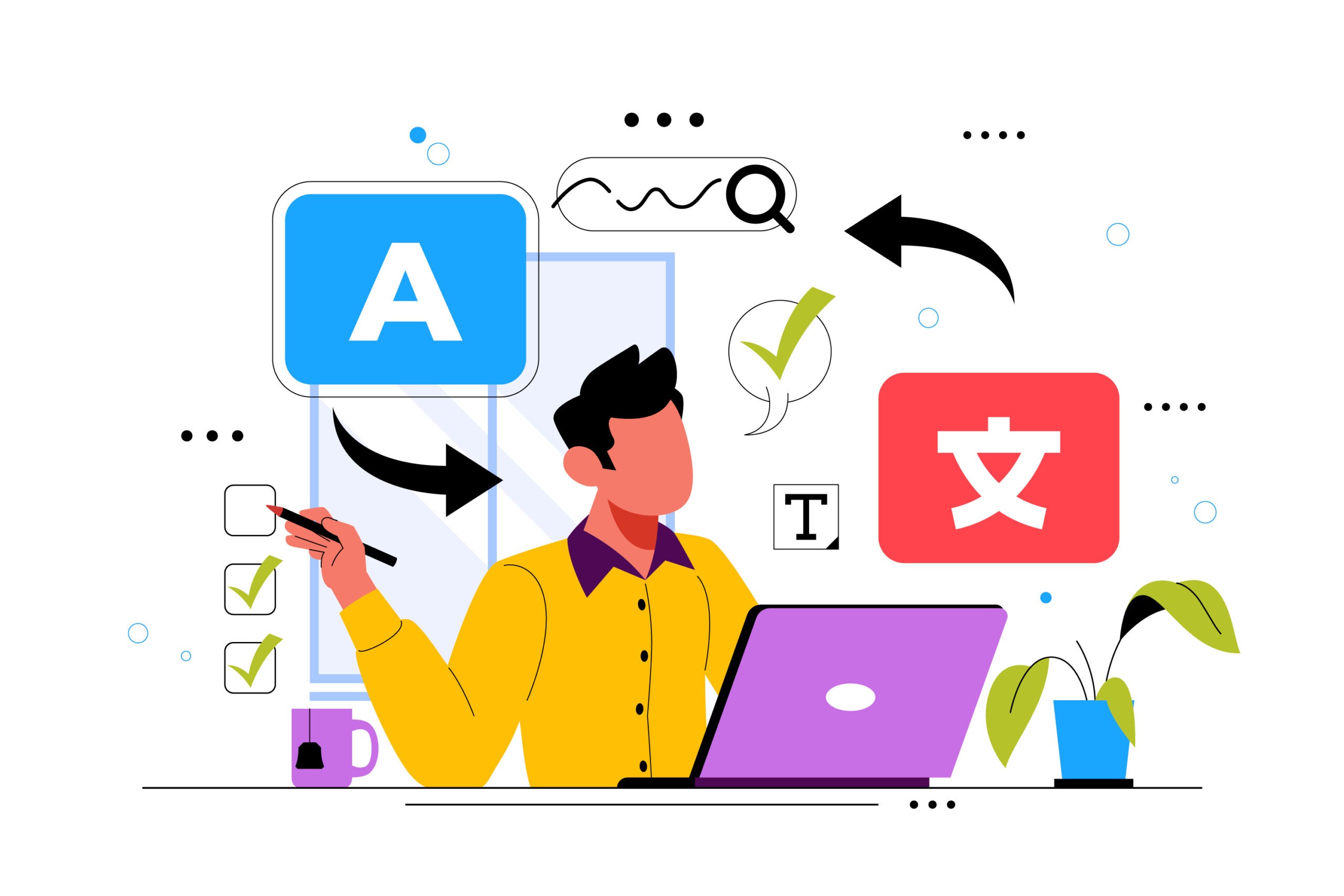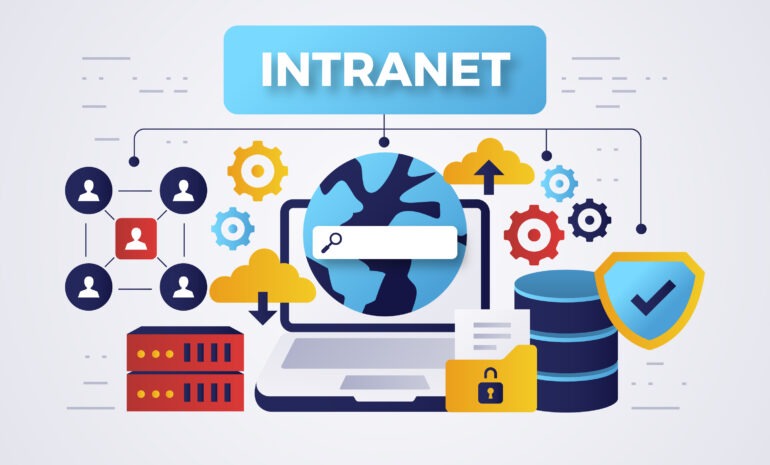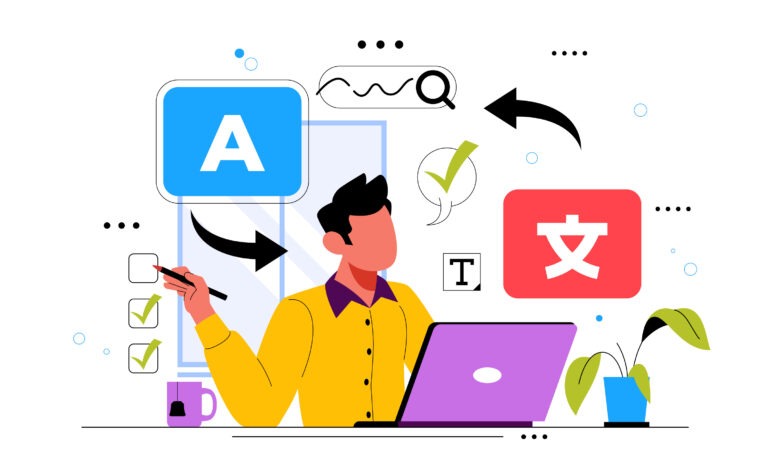In the world of business and marketing, understanding key terms and concepts is crucial for success. Knowing the right terminology not only helps you communicate more effectively but also gives you a deeper insight into strategies and processes that drive growth. This blog explores 30 unique and lesser-known business and marketing terms that can elevate your knowledge and approach. From strategies to boost customer engagement to concepts that fuel business development, these terms are designed to help you make smarter, more informed decisions. Let’s dive in!
1. B2B (Business to Business)
B2B refers to a type of business model where one business sells products or services to another business, rather than to individual consumers. This is common in industries like wholesale, manufacturing, and technology. If you’re in B2B, think about how you’re creating long-term relationships with clients and meeting their unique needs. Does your business rely on other businesses to thrive?
2. B2C (Business to Consumer)
B2C describes businesses that sell directly to consumers. It’s the model most familiar to us, whether you’re shopping online, grabbing a coffee, or buying clothes. If you’re running a B2C business, your focus is on attracting individual customers and building relationships with them. How do you engage your audience and ensure they’re choosing your brand over competitors?
3. LTV (Lifetime Value)
Lifetime value (LTV) measures how much revenue a customer will generate over the course of their relationship with your business. Understanding LTV helps you allocate resources more effectively in customer acquisition and retention strategies. The longer a customer stays loyal, the higher their lifetime value. Are you keeping track of your customers’ long-term value?
4. CAC (Customer Acquisition Cost)
Customer Acquisition Cost is the amount it costs your business to acquire a new customer. This includes all marketing and sales expenses. If you’re spending too much to acquire each new customer, it could be time to rethink your approach. Do you know how much you’re spending on attracting new clients? It’s time to do the math!
5. Churn Rate
Churn rate is the percentage of customers who stop using your product or service during a given period. A high churn rate means you’re losing customers, while a low churn rate indicates strong retention. Monitoring this metric helps identify where you may need to improve. How are you keeping your customers happy and coming back for more?
6. Key Performance Indicators (KPIs)
KPIs are measurable values that show how effectively you’re achieving key business objectives. If you’re aiming to grow revenue, a relevant KPI might be monthly sales growth. By tracking KPIs, you can adjust strategies in real-time. What KPIs are you currently focusing on to meet your business goals?
7. ROI (Return on Investment)
ROI is a ratio that measures the gain or loss generated by an investment relative to its cost. If you’re running a marketing campaign, for example, ROI helps you evaluate whether the revenue you earned is worth the money you spent. A positive ROI means you’re making smart investments—are your business efforts paying off?
8. Conversion Rate
The conversion rate refers to the percentage of visitors to your website who take a desired action, such as making a purchase or signing up for a newsletter. Higher conversion rates mean that your marketing is effective in persuading visitors to follow through. What’s your website’s conversion rate like? Are you optimizing it for better performance?
9. A/B Testing
A/B testing involves comparing two versions of a webpage, email, or ad to see which performs better. You create two variations (A and B), test them on your audience, and analyze the results to decide which one gets better results. Do you use A/B testing in your marketing strategy to ensure you’re making data-driven decisions?
10. Growth Hacking
Growth hacking is a marketing strategy focused on achieving rapid growth through creative, low-cost techniques. Often used by startups, growth hackers rely on unconventional methods to gain traction quickly. If you want to grow fast without a huge budget, growth hacking might be your answer. Have you used growth hacking strategies to scale your business?
11. Brand Equity
Brand equity refers to the value of your brand, built over time through customer perceptions, loyalty, and recognition. A strong brand equity means that your customers trust and prefer your products or services. What does your brand stand for, and how do your customers perceive it?
12. Market Penetration
Market penetration measures the extent to which a product is recognized and purchased by customers in a specific market. It’s a strategy aimed at increasing your market share. If you want to dominate a market, focusing on market penetration is crucial. How deep is your reach in the market, and how can you expand it?
13. Viral Marketing
Viral marketing is a strategy that encourages people to share content, such as videos or posts, rapidly and widely. The goal is for your message to spread like a virus, reaching an audience far beyond your initial contacts. Have you ever created something that “went viral”? What made it shareable?
14. Influencer Marketing
Influencer marketing involves collaborating with individuals who have a strong social media following to promote your product or service. These influencers create buzz and awareness about your brand. Are there influencers who resonate with your audience that you could collaborate with?
15. Content Marketing
Content marketing is about creating valuable, relevant, and consistent content to attract and engage your target audience. Whether it’s blog posts, videos, or social media updates, your content should speak directly to your audience’s interests and needs. How are you using content to connect with your customers?
16. Omnichannel Marketing
Omnichannel marketing is about creating a seamless experience for customers across various touchpoints—whether they’re shopping online, in-store, or through mobile apps. Customers should receive a consistent message no matter how they engage with your brand. Are you providing an omnichannel experience?
17. Disruptive Innovation
Disruptive innovation refers to a product or service that significantly changes an existing market or industry. This innovation often starts at the bottom of the market before gradually moving up and overtaking established competitors. Have you seen any businesses disrupt an industry lately?
18. User-Generated Content (UGC)
User-generated content is any content created by your customers, such as reviews, photos, or videos featuring your product. UGC can build trust and social proof, as it shows real customers using and endorsing your brand. Are you leveraging user-generated content in your marketing campaigns?
19. Referral Marketing
Referral marketing involves encouraging your current customers to recommend your product or service to others. Offering incentives like discounts or rewards can motivate people to refer friends and family. Do you have a referral program in place to harness the power of word-of-mouth?
20. Engagement Rate
Engagement rate measures how much your audience interacts with your content, whether through likes, shares, or comments. A high engagement rate indicates that your content resonates with your audience and sparks conversation. How engaged are your followers with your content?
21. Lean Startup
The lean startup methodology focuses on building a business or product iteratively and quickly, testing assumptions and learning from customers along the way. If you’re trying to launch a new business or product, applying lean startup principles can help you move faster and reduce risks. Have you adopted a lean approach to building your business?
22. E-commerce Funnel
An e-commerce funnel is the journey that a customer goes through when making a purchase online, from awareness to decision-making to final purchase. Understanding this funnel can help you optimize each stage to increase conversions. How well do you understand your customers’ journey from browsing to buying?
23. Brand Ambassador
A brand ambassador is someone who represents your brand to a broader audience, often in exchange for compensation or free products. These ambassadors help promote and build loyalty for your brand. Could your business benefit from having a passionate brand ambassador?
24. Niche Marketing
Niche marketing targets a specific segment of the market, focusing on unique customer needs rather than trying to appeal to the mass market. By honing in on a niche, you can deliver more personalized and targeted marketing. What’s your niche, and how do you tailor your marketing to it?
25. Scalability
Scalability refers to the ability of a business to grow and handle an increased workload without sacrificing performance or quality. If your business is scalable, you can expand operations without proportionally increasing costs. Is your business designed to scale effectively as it grows?
26. Acquisition Strategy
An acquisition strategy is a plan for acquiring new customers or businesses. This could involve marketing campaigns, partnerships, or even mergers and acquisitions. What’s your strategy for bringing in new customers or expanding your business?
27. Supply Chain Management
Supply chain management involves overseeing the production and delivery of goods, from raw materials to final delivery. Efficient supply chain management can improve cost-efficiency and customer satisfaction. How effective is your supply chain in delivering your products on time?
28. Customer Retention
Customer retention refers to the ability of a business to keep customers over time. It’s often more cost-effective to retain existing customers than to acquire new ones. What strategies are you using to build loyalty and keep your customers coming back?
29. Freemium Model
The freemium model offers a basic version of a product or service for free, while charging for premium features. This approach can attract users and convert them into paying customers over time. Do you offer a freemium option for your product?
30. Lean Marketing
Lean marketing is a method that focuses on minimal investment with maximum efficiency, emphasizing testing, learning, and adapting quickly. It’s perfect for businesses with


